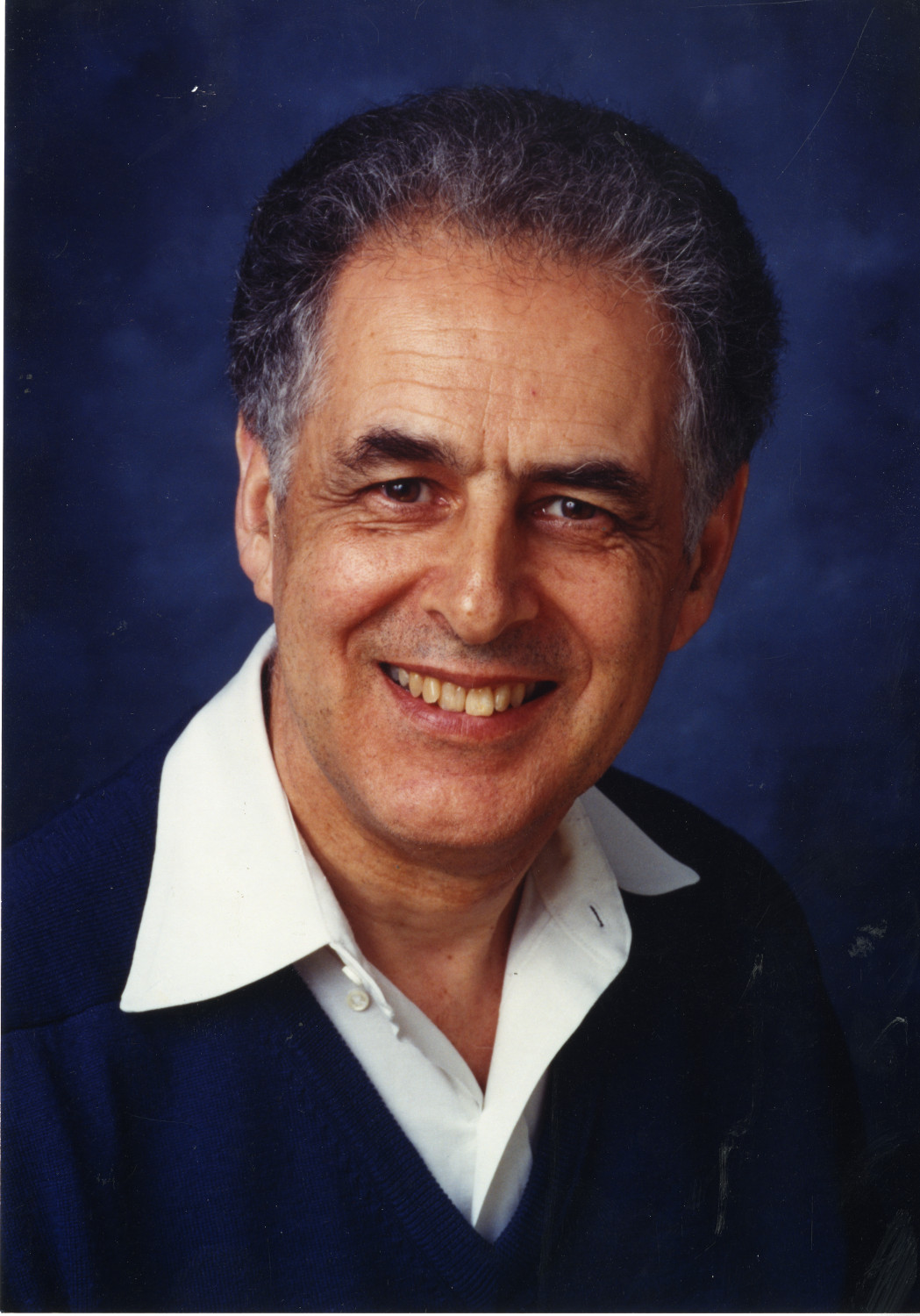Submitted by Rachel Gardner on Mon, 25/07/2022 - 10:38
 We're sad to record the death of Dr Alexander Fraser, a computer science pioneer whose work was fundamental to the development of the internet we use today.
We're sad to record the death of Dr Alexander Fraser, a computer science pioneer whose work was fundamental to the development of the internet we use today.
Known to many simply as 'Sandy', he died in June 2022. He is an alumnus of this Department, having come to the University of Cambridge as Assistant Director of Research and completing his PhD in Computing Science here in 1969.
He then moved on to AT&T Bell Labs and is perhaps best known as a pioneer of Virtual Circuit technologies – the kind of networks that would later be known as ATM (Asynchronous Transfer Mode) – in which field he won many awards.
These awards included, in 2001, the IEEE Richard W. Hamming Medal 'for pioneering contributions to the architecture of communication networks through the development of virtual circuit switching technology'.
The Xunet 2 project, based on his Datakit switches, was the first prototype of a nationwide ATM network, and many of the founding principles and lessons learned from that project are fundamental to the internet we use today.
Reading Sandy’s 1983 paper 'Towards a Universal Data Transport System' (IEEE Journal on Selected Areas in Communications, Vol. 1, No. 5, November 1983, pp. 803-816) is a great reminder of how much we take for granted today that still had to be proposed back then:
"Ubiquity in telecommunications suggests a standard wall socket distributed about as widely as electric power outlets are now. An appliance plugged into one of these sockets will be able to reach, by some simple and standard procedure, another appliance plugged into any other socket."
And:
"The service should be uniform enough that the same software and user interface can handle both short and long distance communications, and it is desirable that a similar service be seen by users of different local area networks that are in communication with one another. Thus, the challenge is to derive an adequate architecture for the combination of local and wide area networks that presents a uniform appearance to the user, is effective as a transport mechanism for a great variety of traffic patterns, and can be used economically by a wide range of consumer products."
Sandy rose to become Director of the AT&T Computing Science Research Center, and eventually an Associate VP, before Bell Labs was split off from AT&T as part of Lucent Technologies. Sandy stayed to found AT&T Labs Research, in due course becoming the Chief Scientist of AT&T Laboratories (the organisation that was eventually to buy the Olivetti Research Lab led by Professor Sir Andy Hopper, forming AT&T Laboratories Cambridge).
The projects Sandy worked on or oversaw had a huge impact, either directly or indirectly.
Bjarne Stroustrup started work on the C++ language to support Sandy’s network simulation experiments. Sandy’s research into perceptual audio encodings was a key part of the AAC audio format that we usually hear now when we watch an MP4 video, or listen to Spotify or Apple Music.
There are too many accomplishments and influences to try and list here, but what many of us will remember most was the rare combination of a genial, quiet and thoughtful listener also blessed with insight and authority. Sandy was a wonderful person to work with, and will be greatly missed.
Quentin Stafford-Fraser, Glenford Mapp, Alastair Beresford.

